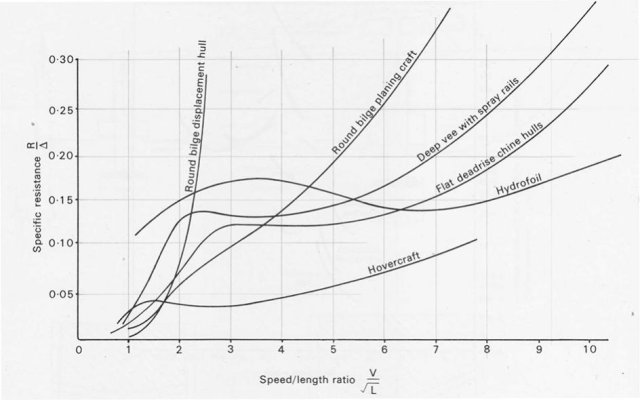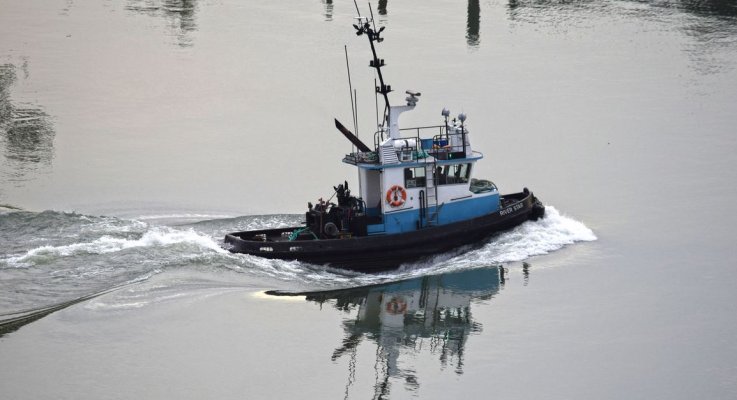Nomad Willy
Guru
so why such a large disparity between hull speed and best mpg's?
A knot below hull speed settles the boat in the trough of the wave not significantly climbing the the bow wave. One trades the extra power required to significantly climb the bow wave for riding a bit on the following wave getting a little push. Go hull speed and you loose the push of the following wave and gain the monsterous job of going "uphill" on the bow wave. Approximately one knot below hull speed is the "sweet spot" but that expression is usually directed to minimal vibration. But for this thread it means at the end of the relatively flat curve of power v/s speed that ramps up getting really steep about 1/2 a knot below hull speed.
Last edited:







